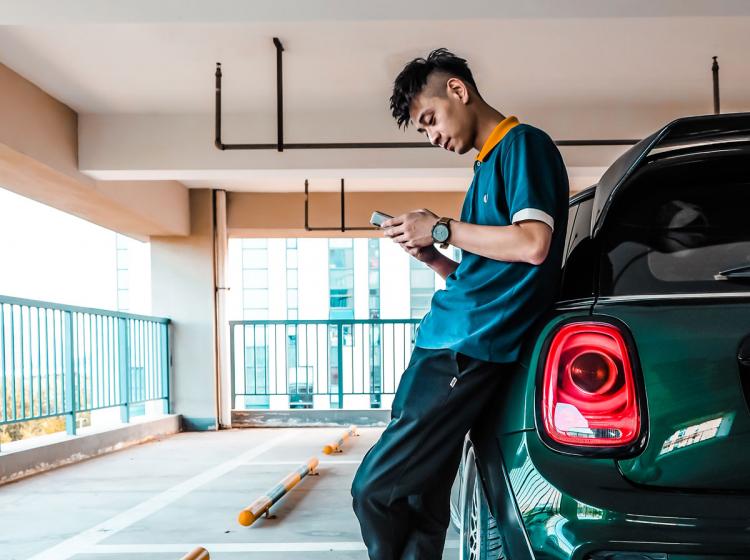Cantor Arts Center
328 Lomita Drive at Museum Way
Stanford, CA 94305-5060
Phone: 650-723-4177
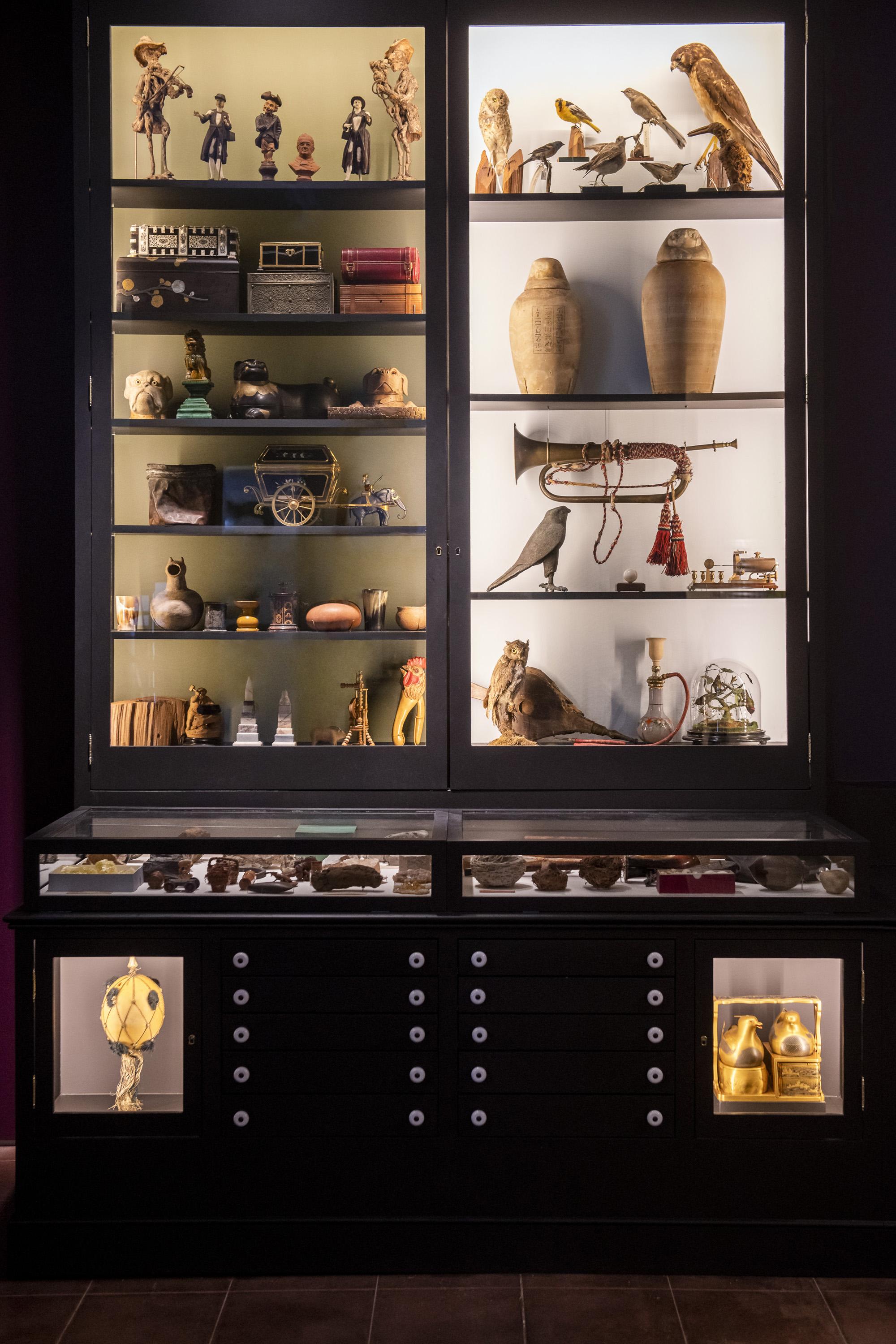
In-gallery view of The Melancholy Museum: Love, Death, and Mourning at Stanford, a Mark Dion project on view at the Cantor Arts Center.
Using over 700 items from the Stanford Family Collections, artist Mark Dion’s new exhibition explores how Leland Stanford Jr.’s death at age 15 led to the creation of a museum, university, and—by extension—the entire Silicon Valley.
Dion spent more than a year culling through the over 6,000 objects in the original Stanford Family Collections to create an exhibition that explores young Leland’s collection—he already was an avid and curious collector at the time of his death—as well as important narratives related to the Stanford family. These include the history of the railroads and the laborers who worked to create it, and the two earthquakes that caused major damage to the museum.
The result of Dion’s efforts are two rooms filled with beautiful, startling, and quirky objects that are grouped together to highlight the Stanford family’s story and to invite visitors to reflect and make their own connections.
When Jane and Leland Stanford experienced the immense pain of losing their only son, Leland Jr., just before his 16th birthday, they were compelled to enshrine his memory in a meaningful way...
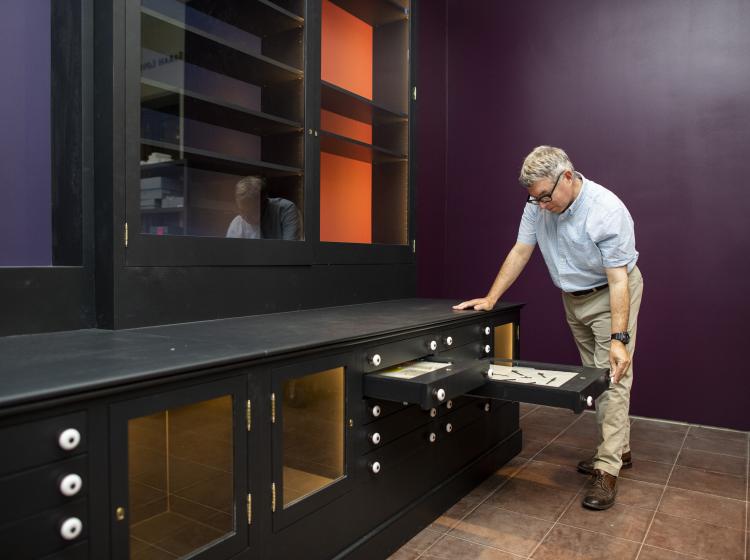
By Susan Dackerman, John and Jill Freidenrich Director at the Cantor.
Although the museum established by Leland Sr. and Jane Stanford in memory of their son, Leland Jr., is celebrating its 125th anniversary this year, it has only been in active operation for a portion of that time.
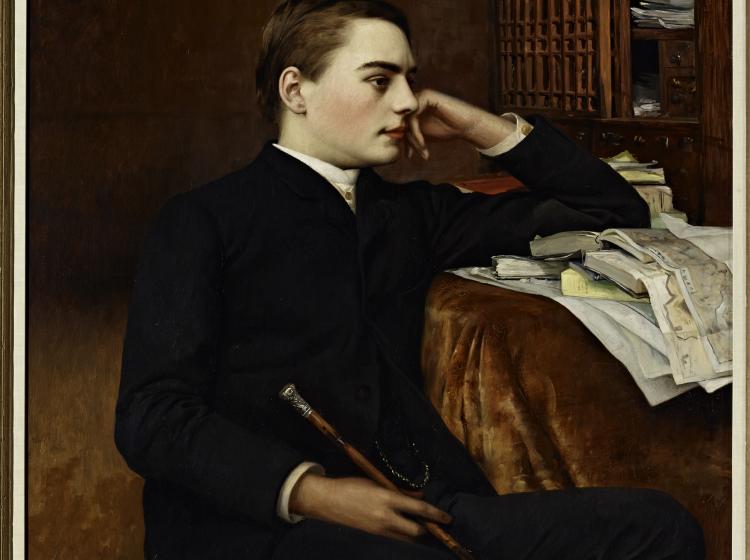
Artist Mark Dion answers questions about the exhibition and his artistic process.

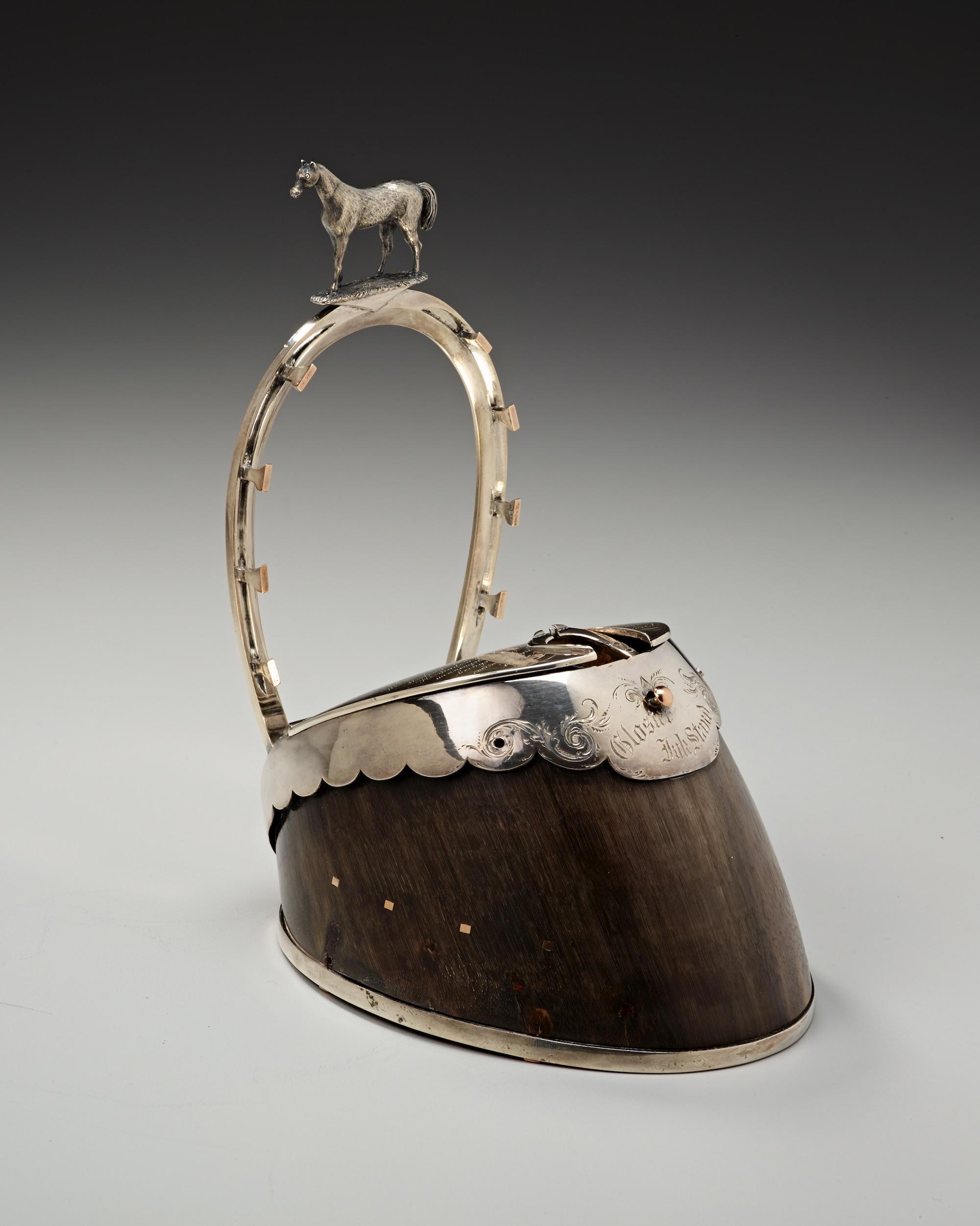
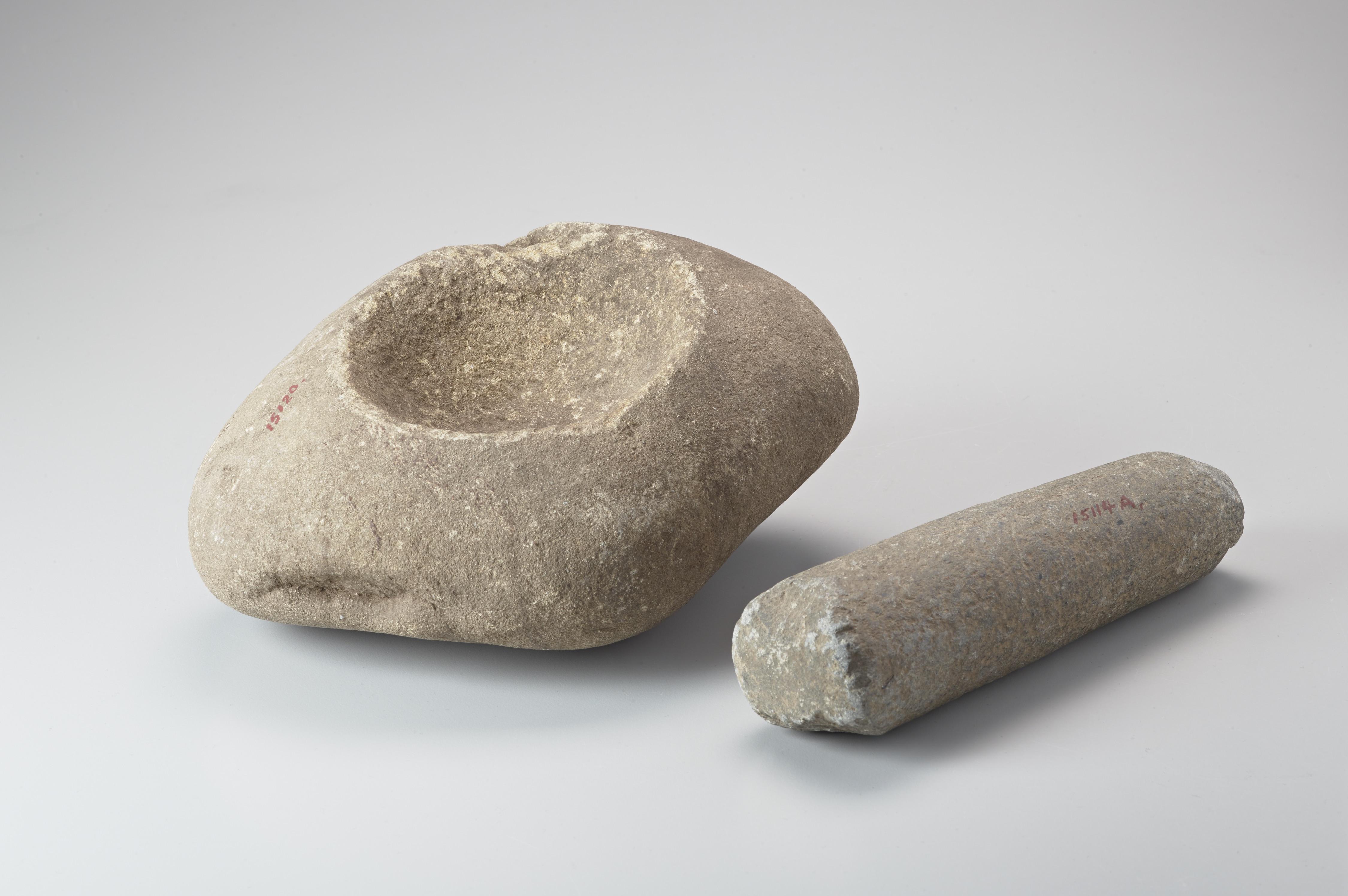
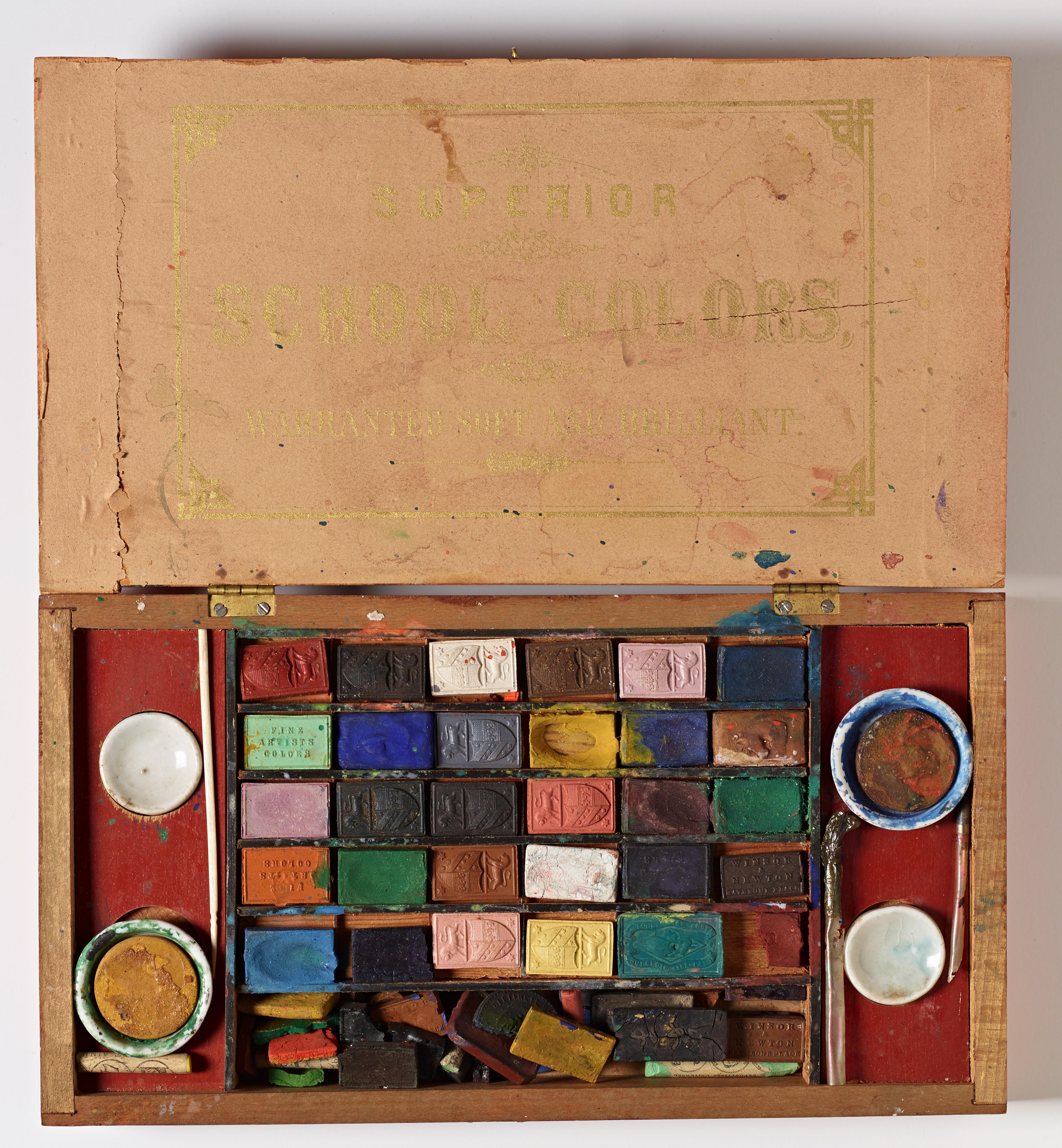
To view all the objects in the exhibition please visit our collections page.
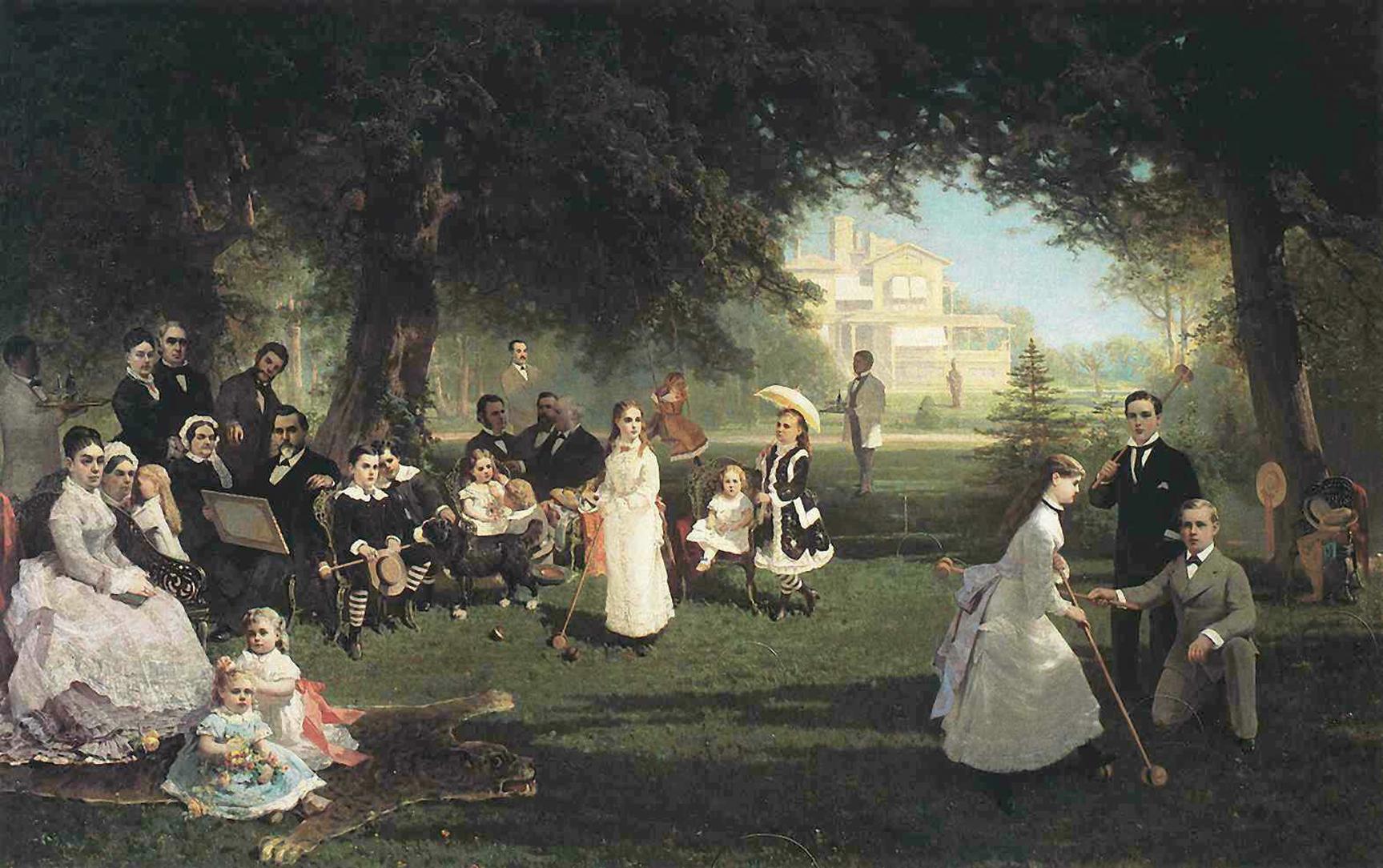
A digital Field Guide to the exhibition is available.
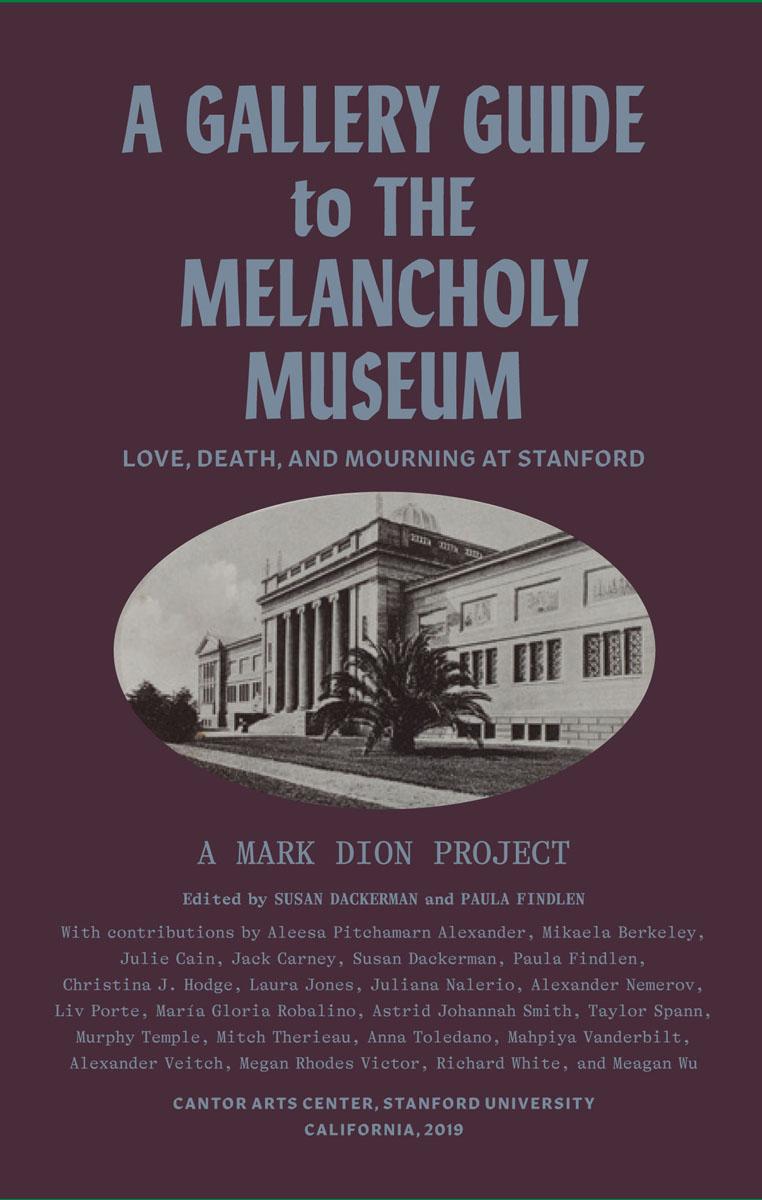
Installing over 700 objects in the galleries required many hours of careful work for artist Mark Dion and the Cantor staff members who worked with him.
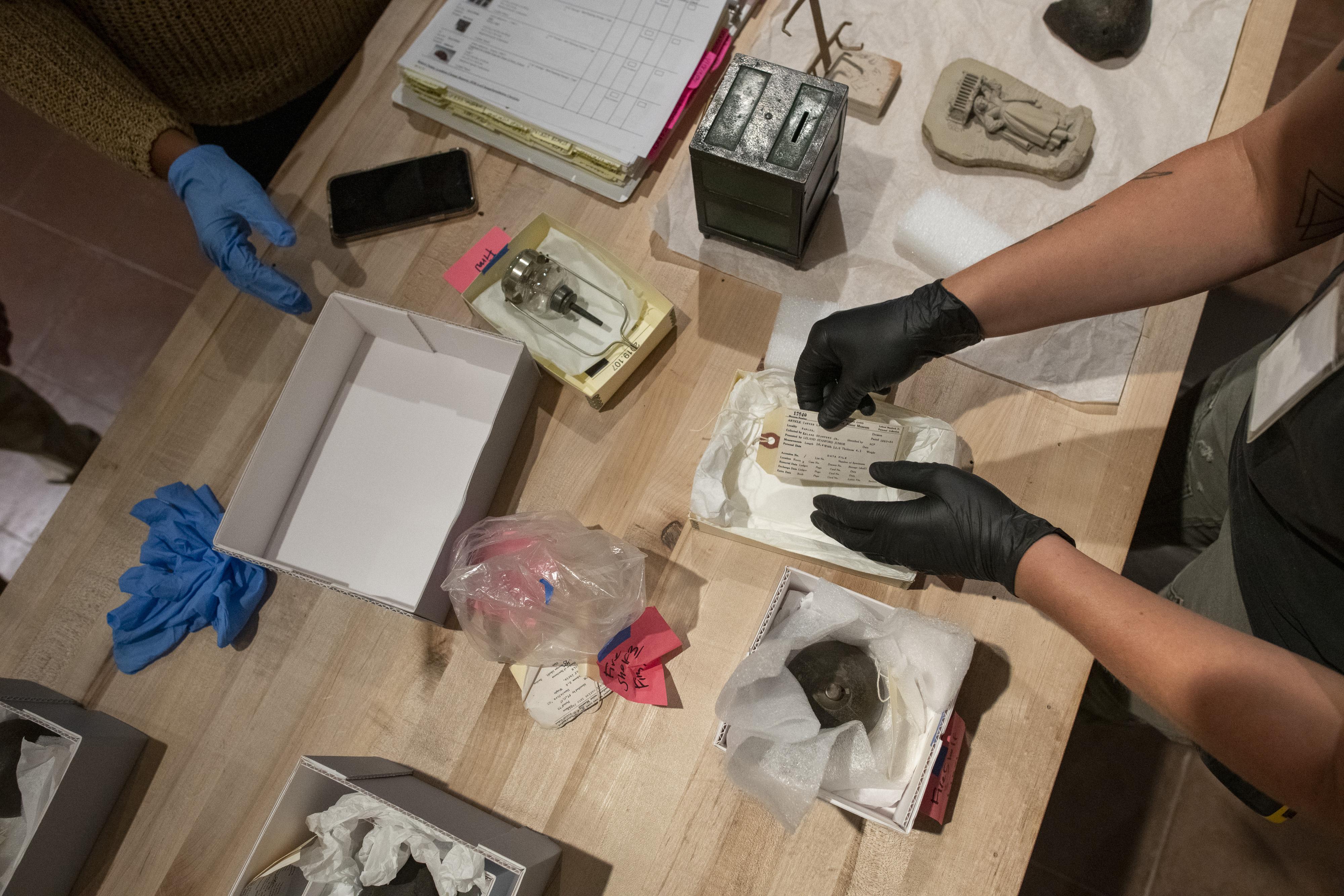
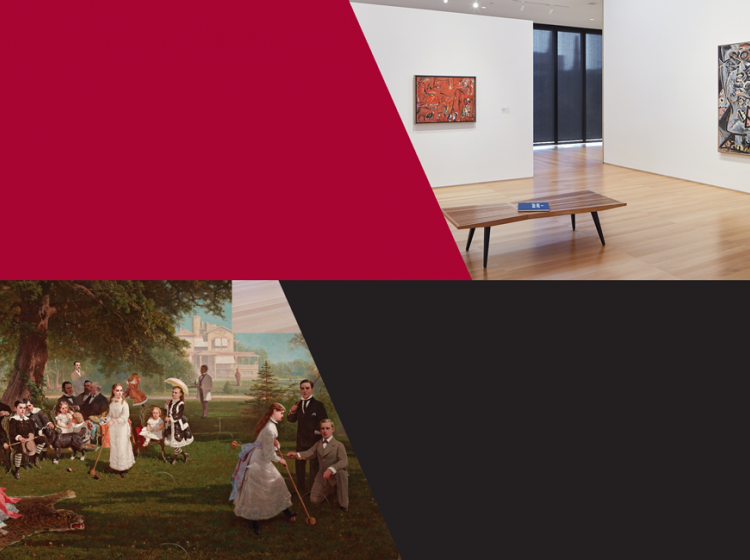
The Cantor Arts Center is located at the intersection of Museum Way and Lomita Drive in the heart of the arts district on the Stanford campus. The Cantor faces the Bing Concert Hall across Palm Drive, northwest of The Oval and the Main Quad.
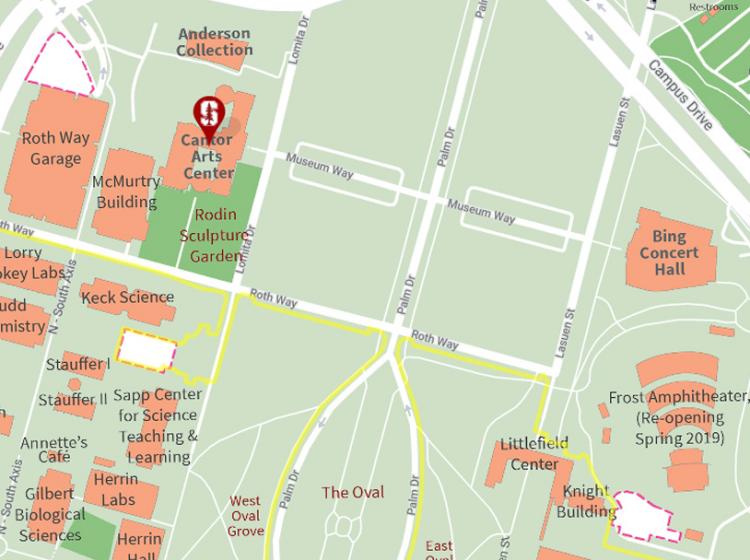
Parking is limited. Stanford has a new contactless process to pay for parking, using the ParkMobile app, website, or phone. Prior to your visit, we recommend you visit the Stanford Transportation website to learn more about the updated visitor parking process.
